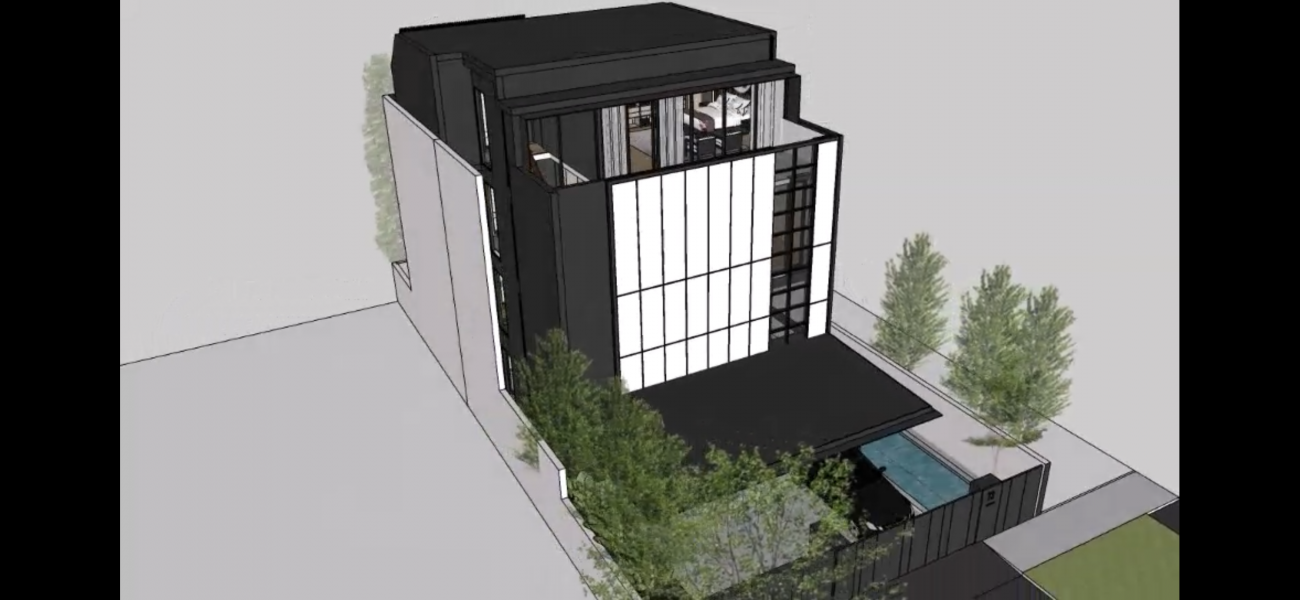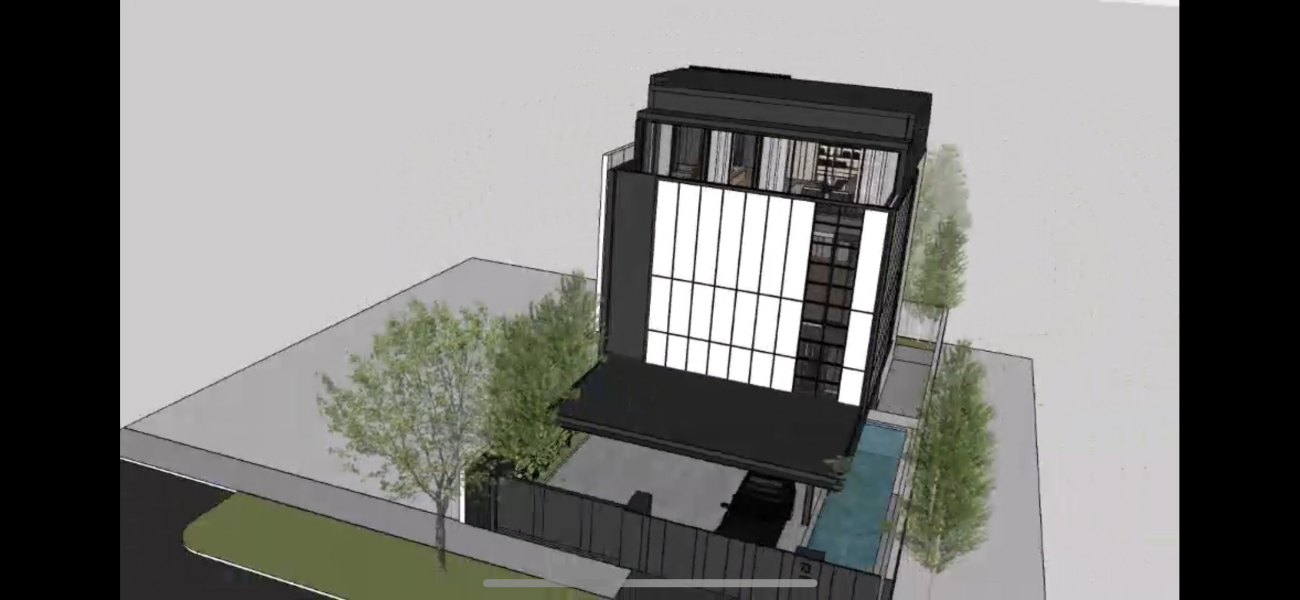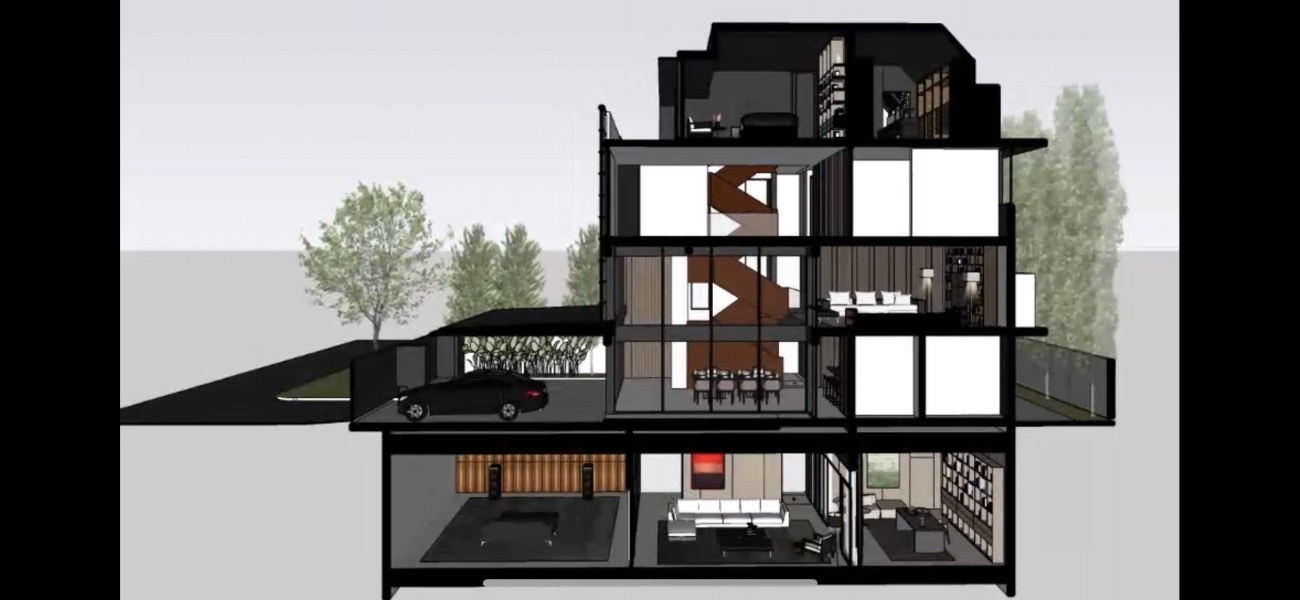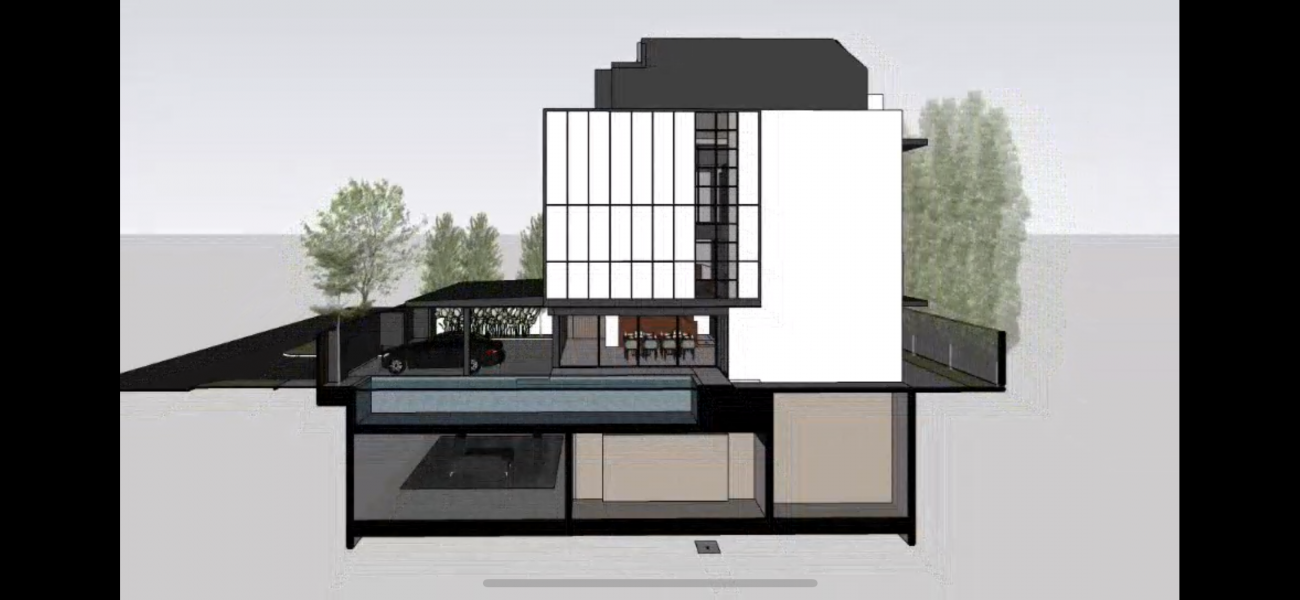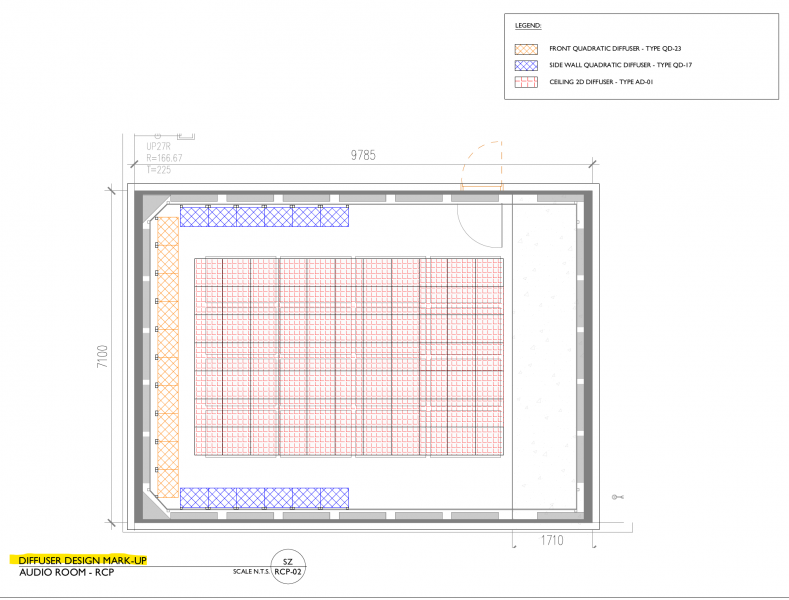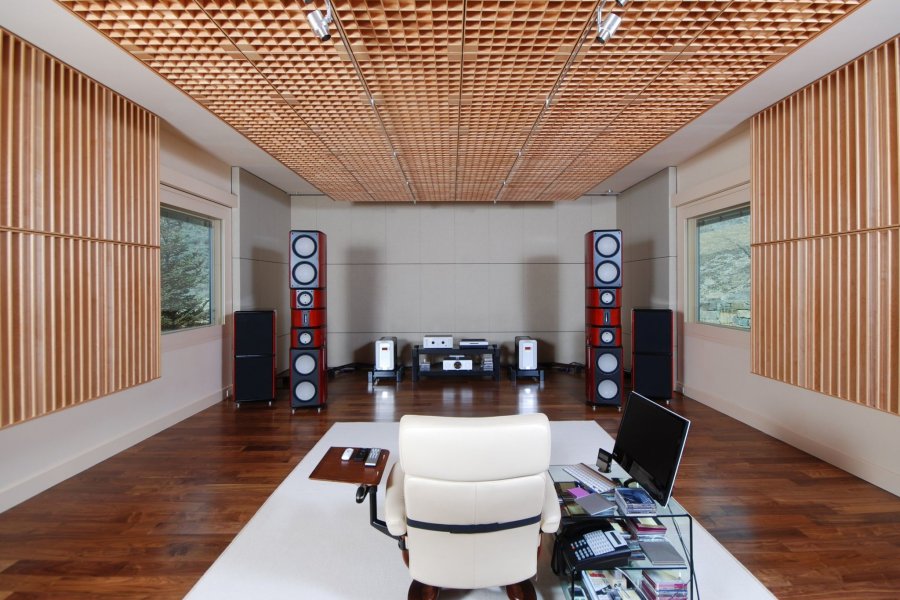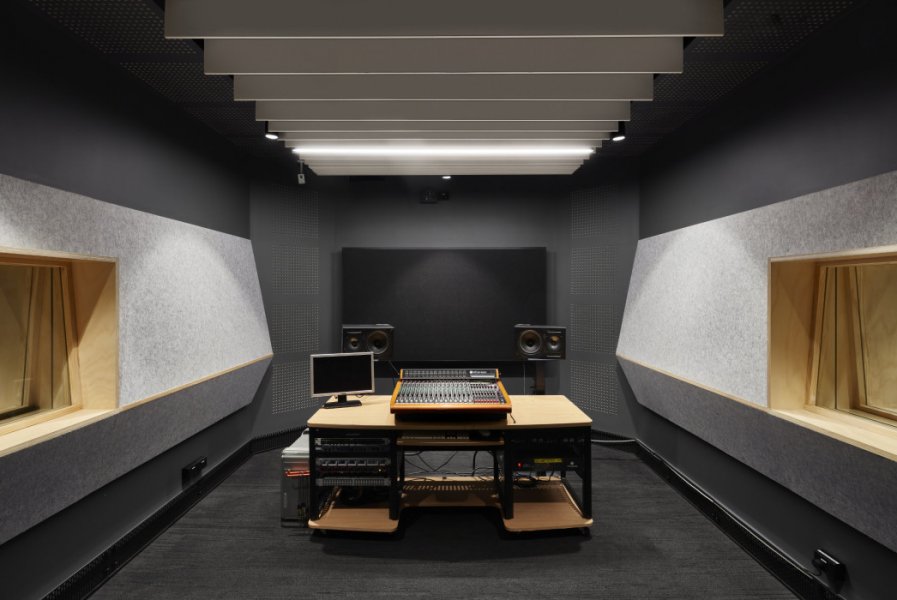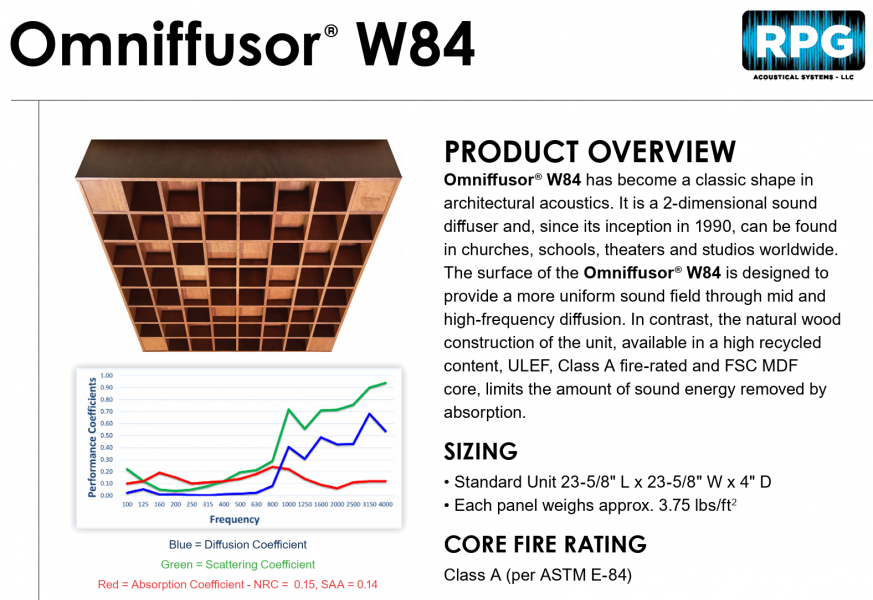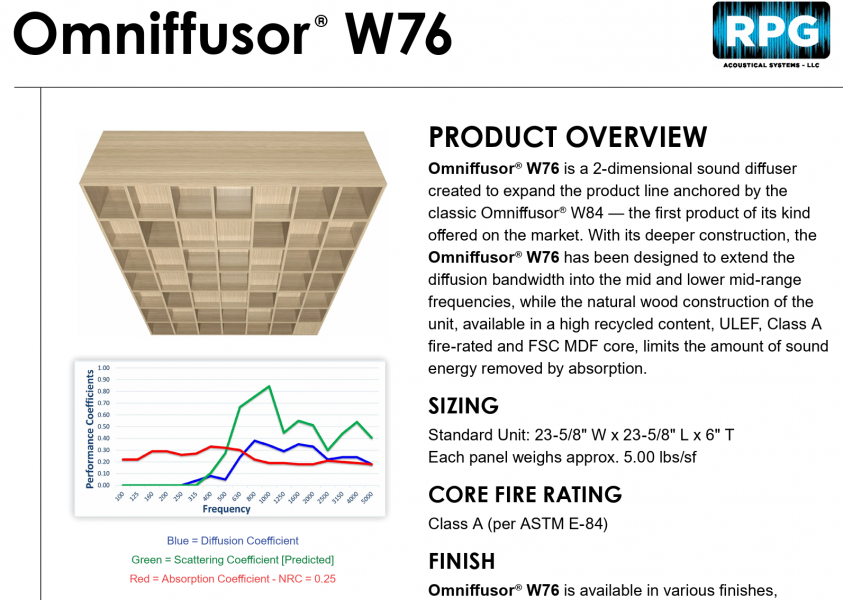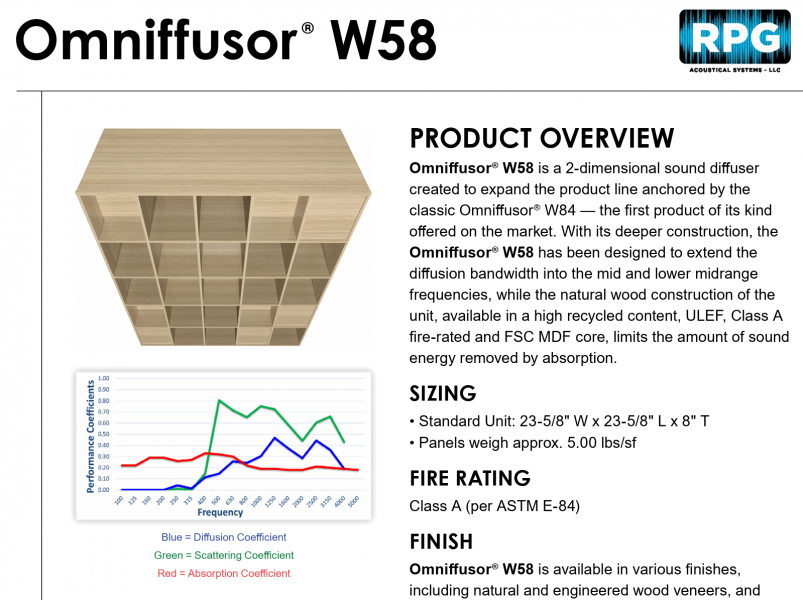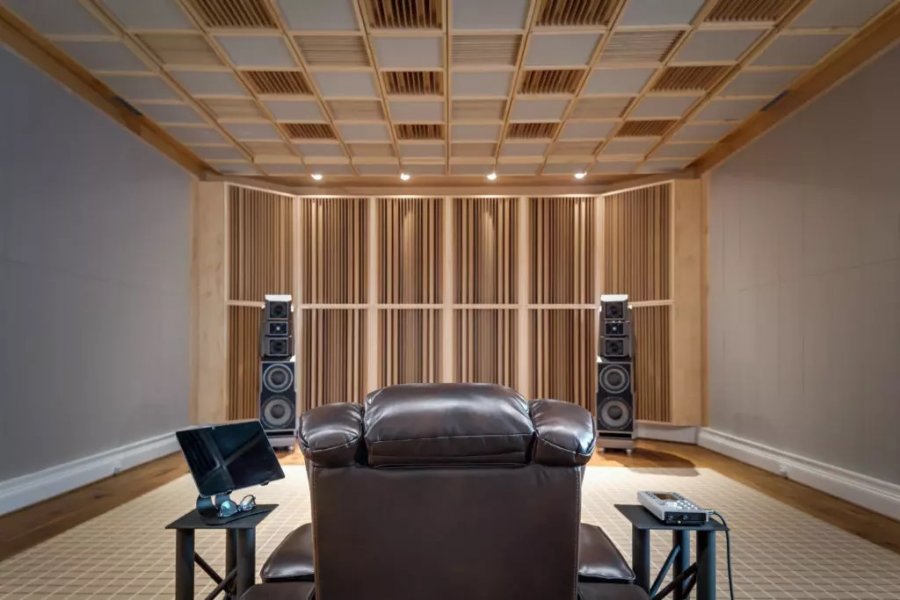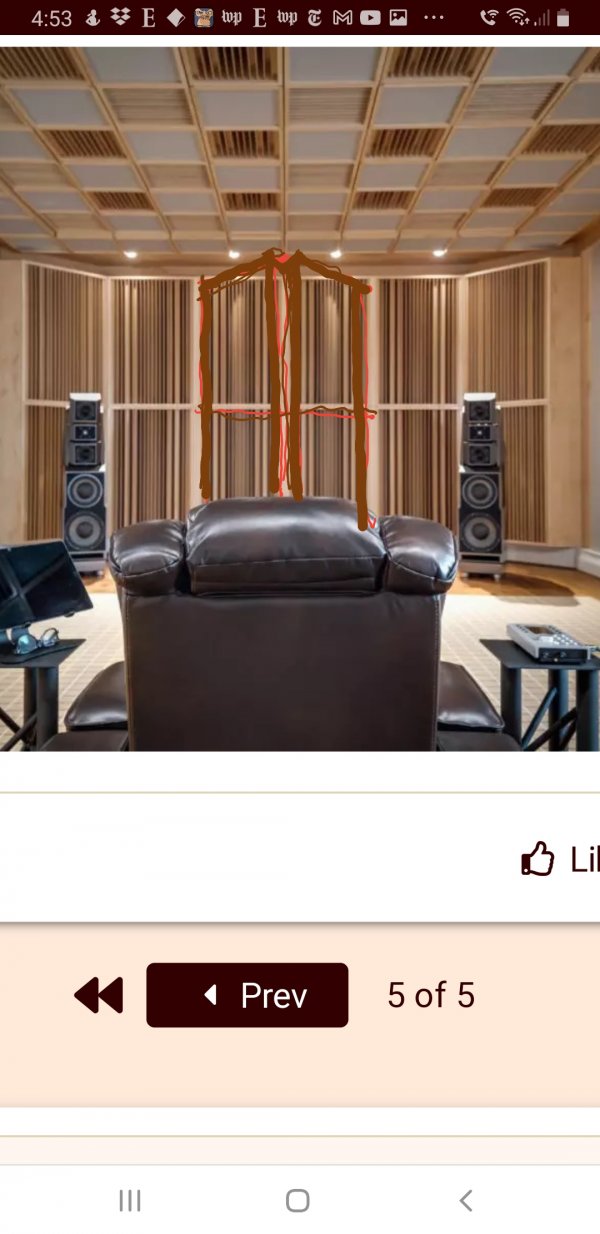QD I have only ever used such systems to prevent structure borne sound entering from outside or being transmitted to adjacent spaces.Recently, I discovered that the suspended floor (in the rear 2/3 of the room) is NOT for isolating ground-borne vibrations from the loudspeaker cabinets, but rather for controlling and suppressing room nodes.
Well, gosh, darn it, am I being bamboozled?
Who here on WBF has ever heard of a 1/4 ton slab (estimated weight) "screed and steel mesh bass absorber", floating on the ground under the listening sofa? What sort of air pressure can possibly resonate this slab, and what might its resonance frequency be?
My guess is that something so massive cannot possibly be energized even the slightest bit by room node air pressure generated by a pair of loudspeakers playing at even insane volumes, as its resonance frequency must be in the single-digit range.
Thoughts?
Quoting a section of my post #74 (above):
[THE FLOOR
Four meters will be allocated to the speaker area, equal to ~38% of the room length, and the remaining six meters will be allocated to the listening area. The two sections of the floor will be physically separated - constrained-layer dampened, decoupled, floated, and grounded - sandwiching dissimilar energy-absorbing materials.
The speaker-area floor will be constructed with the following, starting from the RC structural floor substrate:
- 4mm+ high-density recycled rubber granule underlayment for under-screed/floating floor constructions
- 90mm+ high-density screed, with BRC mesh in the center for mechanical integrity/strength
- high-durability leveling compound
- perimeter decoupled from adjacent structures via sponge rubber strips + caulking
The listening-area floor will be constructed with the following, starting from the RC structural floor substrate:
- high density foam isolation strips (tall, providing vertical clearance), covered with steel C-channel support
- 50% of the space will be filled with 100kg/m3 Rockwool insulation, 50% of the space left as an air gap
- structural steel decking (thin)
- 45mm+ high-density screed, with BRC mesh in the center
- high-durability leveling compound
- perimeter decoupled from adjacent structures via sponge rubber strips + caulking
The loudspeakers (and subwoofers) will have a more solid/stiffer floor foundation from which they will launch their acoustic energy, but energy propagating through the floor will decay rapidly before it reaches the listening area.]
I dont doubt that is possible to excite the floating slab with soundwaves as I have heard a band playing at about 90db through a 200mm concrete filled block wall .. the only way that is possible is by exciting the wall.. but if course that is a membrane supported around perimeter only .. not laying on a "spring" .
Having said that I dont think it is a very efficient way to absorb sound plus I expect it would be narrow band. Steel sheet fixed to springy foam would give a better result I would think. In your size room if you deal with reverb time are room modes a real problem.
At the risk of stating the obvious, you may want to preserve this system for under your speakers to limit structure borne sound entering your equipment ... obviously racks and footers are usually what perform this task
Did you ever nominate rhe membrane your were proposing under the slab
Phil


